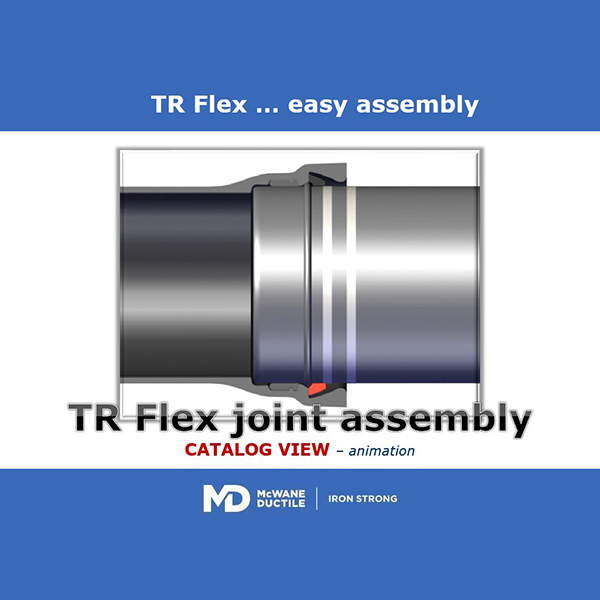The rubber gasket inside a Ductile iron (DI) pipe joint will keep it watertight against internal water pressures well above 1,000-psi yet that same gasket provides less than 100-psi worth of longitudinal resistance towards preventing joint separation in shallow or above-ground assemblies, hence the need for joints restrained by some additional mechanism. This presentation outlines how and why this occurs, through discussion of the forces, features, and functions of restrained joint DI pipe. Concepts addressed in this session include:
- The “math of force” related to internal water pressure in the pipeline,
- comparing working pressure, design pressure, test pressure, and pressure rating,
- old-fashioned thrust blocks vs. modern restrained joint pipe,
- calculating restrained joints requirements quickly and accurately,
- ductile iron restrained joint pipe assembly procedures, and
- the use of segmented restraining gaskets and/or wedge-action retainer glands.
-

Download Abstract

